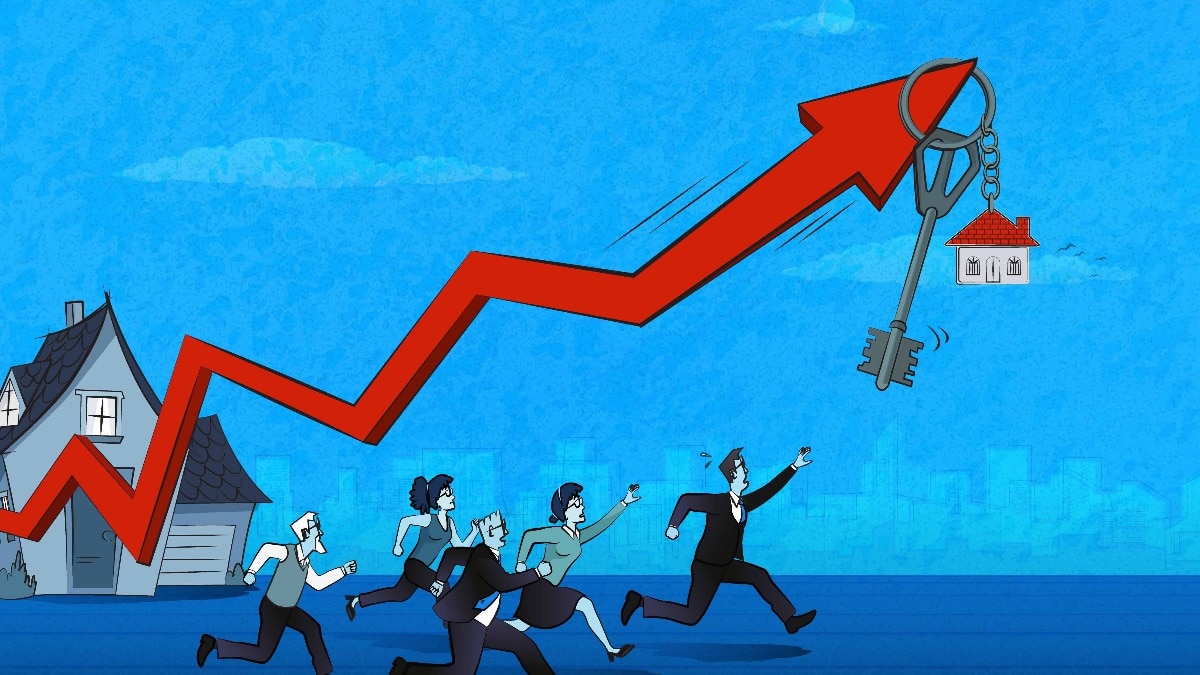Buying a ₹3 crore home in India isn’t just expensive—it’s a ₹4.5 crore commitment that delivers some of the weakest returns across major asset classes, warns wealth advisor Parag Aggarwal in a LinkedIn post challenging the financial logic of homeownership.
Aggarwal breaks down the real cost: over 15 years, the total outflow through EMIs and interest stretches far beyond the sticker price. “A ₹3 crore house doesn’t cost ₹3 crore,” he notes. “That’s what you will pay over 15 years…as EMIs and interest.”
More concerning, he argues, is what buyers get in return: modest appreciation of around 4–5% annually, plus an optional 2–3% in rental yields—far below the performance of other investment classes. Gold has averaged returns of ~11.6% over 15 years, while Indian equities have delivered ~13.7%.
“Real estate has been a laggard,” Aggarwal writes, noting that these returns don’t account for maintenance costs, property taxes, or the liquidity challenges of selling a home when needed.
Yet, despite these figures, homeownership remains a cultural expectation. “Renting means you’re not stable,” he says, citing common social pressures to buy property before marriage or as a marker of adulthood.
Aggarwal, who owns a home himself, is candid about his motivations. “My wife and I knew it was an emotional decision, NOT a financial one,” he writes. They prioritized peace of mind over investment logic, paying off their home loan early—not for returns, but for psychological comfort.
For his clients, however, he urges caution. He advises against early-stage home buying, particularly when it risks skewing asset allocation. “Very, very carefully,” he emphasizes.
Real estate, he argues, should come late in the investment journey, once equities, gold, and other liquid assets are well-established. “Else Real Estate will end up being 70–80% of your portfolio,” he warns.
His conclusion is clear: a house you live in isn’t an investment. “Remember—if you are staying in it—your house is an item of ‘consumption’, not an investment.”
